Best 17 DynamoDB Developers
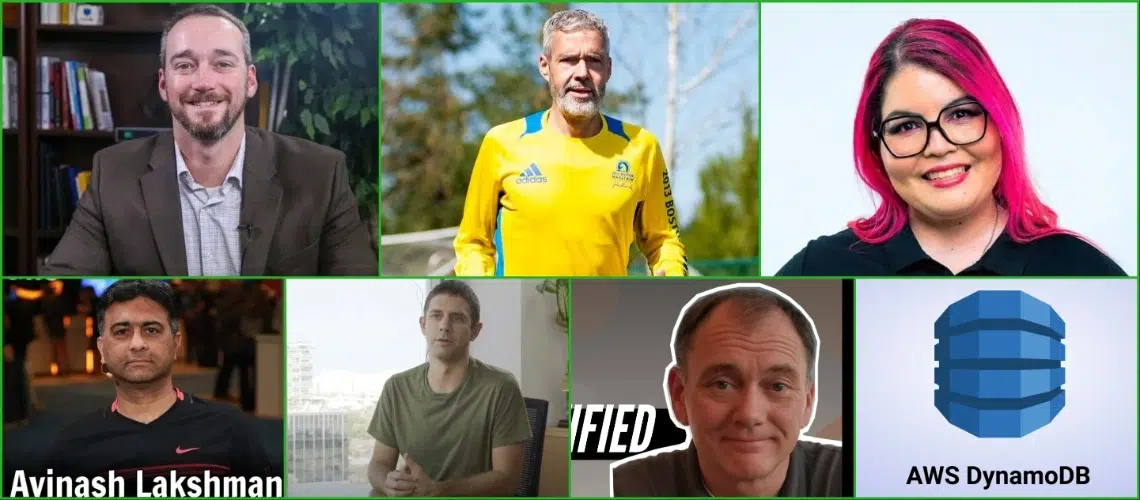
No time to read the whole thing? Send us a message about your challenge and our CEO will get in touch.
Amazon DynamoDB has a vibrant ecosystem of expert developers and architects around the globe. In this list, we highlight the best DynamoDB experts – from famed open-source contributors and startup founders who still code, to influential bloggers, cloud architects at big companies, and even world-class programming champions.
Each individual has made an outstanding impact through DynamoDB-related innovation, technical leadership, community contributions, or sheer skill and achievement.
- Rick Houlihan
- Rafal Wilinski
- Alex DeBrie
- Rob Koch
- Austen Collins
- Jeremy Daly
- James Hamilton
- Giuseppe DeCandia
- Rossana Suarez
- Jeff Barr
- Pete Naylor
- Avinash Lakshman
- Ben Kehoe
- Matt Coulter
- Peter Vosshall
- Uriel Bitton
- Justin Sheehy
Now, let’s dive into each of these experts’ profiles:
Rick Houlihan

Nationality: American
Rick is often called “Mr. DynamoDB” for his unparalleled expertise in NoSQL data modeling on AWS. As a Principal Solutions Architect at AWS, Rick led the prototyping team that migrated thousands of Amazon’s internal databases from relational systems to DynamoDB.
He pioneered the single-table design patterns now standard for DynamoDB schema design. Rick’s advanced DynamoDB sessions at re:Invent (2018–2020) – with hundreds of thousands of views – fundamentally changed how developers approach NoSQL, showing how to model complex access patterns with minimal tables. In 2021, he left AWS to join MongoDB Inc. as a Developer Relations Director, but he remains an authoritative voice on distributed databases.
With 30+ years in software and several patents, Houlihan continues to educate the community via podcasts and webinars. His guidance has been invaluable for anyone using DynamoDB at scale, influencing everything from startup data models to Amazon’s own high-traffic services.
- LinkedIn: Rick Houlihan
- X (Twitter): @houlihan_rick
Rafal Wilinski
Nationality: Polish
Rafal is the creator of Dynobase, the popular desktop GUI client for DynamoDB that has improved developers’ productivity worldwide. By day, Rafal works as a serverless engineer (formerly at Stedi), and by night he built Dynobase from scratch – a modern interface that makes it much easier to visualize and manipulate DynamoDB data. Launched in 2019 as a side project, Dynobase quickly gained a following among AWS developers, and Rafal’s tool is now used by thousands of teams to streamline DynamoDB workflows.
He remains an active coder and founder, proudly still “hands-on” as his product grows. Rafal is also an AWS Certified Architect and a serverless advocate who blogs about AWS (in particular combining DynamoDB with services like AWS Lambda and CDK). His journey – self-funding a developer tool to over 10k monthly revenue – exemplifies the impact an individual developer can have on an ecosystem.
By reducing DynamoDB’s learning curve, Rafal Wilinski has enabled countless developers to adopt the database more effectively.
- LinkedIn: Rafal Wilinski
- X (Twitter): @rafalwilinski
- GitHub: RafalWilinski
- Website: rwilinski.me
Alex DeBrie
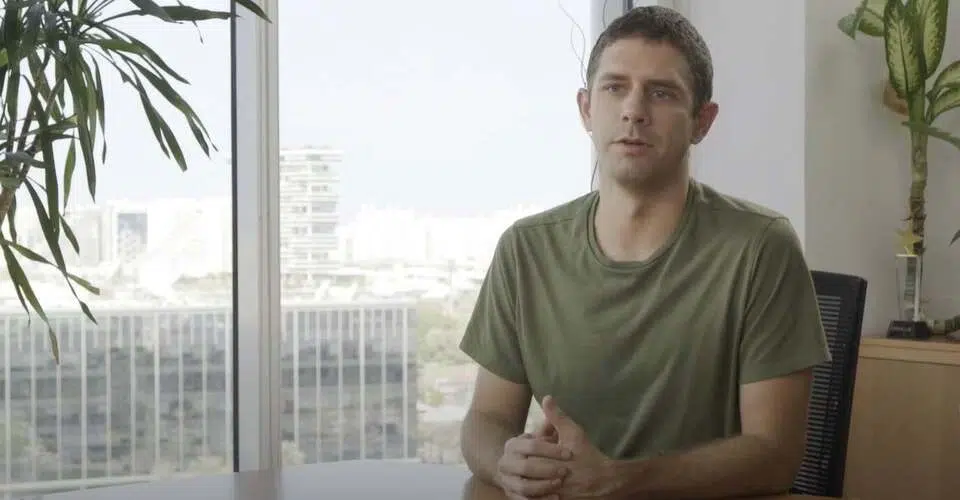
Nationality: American
Alex is widely recognized as a DynamoDB expert and educator. An AWS Data Hero, Alex wrote the definitive “The DynamoDB Book”, which has guided thousands of developers in mastering DynamoDB data modeling. His blog is “a gateway to a wealth of knowledge” on DynamoDB’s intricacies, and he’s the creator of DynamoDBGuide.com.
Formerly an engineer at Serverless Inc., Alex discovered the power of NoSQL and single-table design, and has since become a go-to authority. He speaks at AWS re:Invent, Summits, and meetups, breaking down advanced DynamoDB concepts for audiences around the world. By sharing best practices and open-source demos, DeBrie has empowered the community to fully leverage DynamoDB’s performance and scalability.
His contributions earned him an AWS Data Hero title – a testament to his impact in the AWS data community.
- LinkedIn: Alex DeBrie
- X (Twitter): @alexbdebrie
- Website/Blog: alexdebrie.com
Rob Koch
Nationality: American
Rob is an AWS Data Hero and a leading expert on data architecture in the AWS ecosystem. As a Principal Data Engineer at Slalom Build, Rob has helped numerous enterprises migrate and optimize workloads on AWS databases, including DynamoDB. He’s a frequent speaker and community organizer, known for actively posting tips on cloud data migration, event-driven designs, and NoSQL best practices.
Rob is also the founder of Deaf in the Cloud, an initiative supporting deaf tech professionals and sharing cloud best practices in an inclusive way. In 2019, AWS recognized Rob’s contributions by naming him a Data Hero, underlining his influence in the community. He often shares real-world insights on achieving scalable, cost-efficient solutions with services like DynamoDB, Kinesis, and Redshift. With over 15 years in IT and multiple AWS certifications, Rob Koch combines hands-on skill with a passion for mentorship.
He exemplifies how an independent community leader can make cloud technology more accessible and effective for everyone.
- LinkedIn: Robert (Rob) Koch
- X (Twitter): @robcube
- GitHub: robcube
Austen Collins
Nationality: American
Austen is the original creator of the Serverless Framework, an open-source tool that has heavily influenced how developers deploy AWS Lambda functions and DynamoDB-backed applications. Around 2015, Austen started an OSS project called JAWS (later renamed Serverless Framework) to simplify building entire applications without managing servers. The framework’s debut dramatically lowered barriers to adopting serverless on AWS, and it quickly became one of the most popular projects in the AWS developer community – downloaded millions of times. As CEO of Serverless Inc.,
Austen has continued to lead development of tools and services that support event-driven architectures. He actively advocates for architectures that leverage services like AWS Lambda, API Gateway, and DynamoDB to enable scalable, cost-efficient systems. In recognition of his contributions, AWS named Austen an AWS Serverless Hero in 2016. Today, he remains a hands-on CEO who codes, embodying the startup founder who still builds technology.
Austen Collins’ work has been pivotal in driving the modern serverless movement – with DynamoDB often playing a key role as the stateful backbone of serverless apps.
- LinkedIn: Austen Collins
- X (Twitter): @austencollins
- GitHub: austencollins
Jeremy Daly
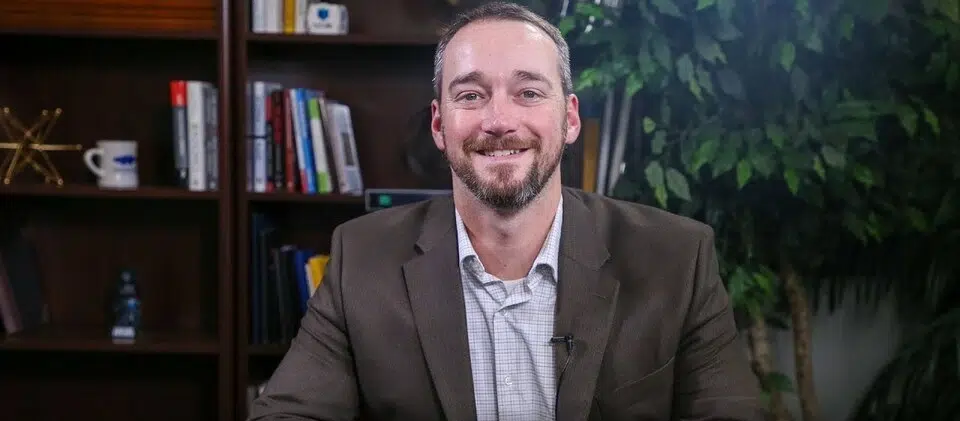
Nationality: American
Jeremy is a prominent voice in the serverless and DynamoDB arena. As an AWS Serverless Hero, he has spent over a decade building cloud architectures, including a healthcare startup where he went “all-in” on AWS Lambda and DynamoDB early on. Jeremy is perhaps best known for his content creation: he authors the Off-by-none weekly serverless newsletter and hosts the Serverless Chats podcast, educating tens of thousands of developers.
He also maintains open-source tools like the DynamoDB Toolbox, a popular Node.js library that simplifies data modeling with DynamoDB. Daly frequently breaks down new AWS features (Lambda, API Gateway, DynamoDB, etc.) on his blog and at conferences, helping teams adopt event-driven patterns. In 2019, AWS recognized his community impact by naming him a Serverless Hero.
From newsletters to code libraries, Jeremy Daly’s work has been instrumental in spreading best practices for building scalable serverless apps backed by DynamoDB.
- LinkedIn: Jeremy Daly
- X (Twitter): @jeremy_daly
- GitHub: jeremydaly
- Blog: jeremydaly.com
James Hamilton
Nationality: Canadian
James is the genius engineer behind much of AWS’s underlying infrastructure – the kind of scale that makes a service like DynamoDB possible. With over 200 patents to his name, James oversees the design of AWS’s global data centers and hardware systems. Though he operates behind the scenes, Hamilton’s innovations in high-efficiency power, cooling, networking, and storage have directly enabled DynamoDB’s single-digit millisecond latency at scale.
In fact, James has cited the Dynamo paper’s ideas in his talks as inspiration for eliminating single points of failure. He is famous for his eye-opening re:Invent presentations, like “Innovation at Scale”, where he once described how DynamoDB achieves multi-region durability. James’s work on custom networking gear and purpose-built storage hardware helps DynamoDB maintain trillions of API calls during events like Prime Day. Simply put, if Werner Vogels is DynamoDB’s evangelist and Swami its product leader, James Hamilton is the master engineer ensuring AWS’s infrastructure can handle DynamoDB’s demands.
He remains one of the most influential engineers in cloud computing, and his dedication to efficiency and reliability permeates services like DynamoDB that run “under the hood” on the platforms he’s built.
- LinkedIn: James Hamilton
- X (Twitter): @JrhAtMvDirona
Giuseppe DeCandia
Nationality: Italian
Building systems that scale horizontally and never fail isn’t just a challenge—it’s a responsibility. The concepts we built for Dynamo have shaped how the world approaches distributed data.
Giuseppe “Pino” was the primary author and lead engineer of Amazon’s original Dynamo, making him one of the forefathers of DynamoDB. Back in 2006–2007, Giuseppe spearheaded the Dynamo project to solve Amazon’s availability and scalability issues in the shopping cart service. He is listed first among the authors of the famous Dynamo paper presented at SOSP 2007, reflecting his key role in designing Dynamo’s architecture.
DeCandia’s work demonstrated that an “always-on” distributed key-value store could be built with seamless horizontal scaling – concepts that directly shaped DynamoDB’s later implementation. After Dynamo, Pino DeCandia continued to build large-scale systems; he later joined Microsoft as an Azure architect. Although not a public figure, within Amazon he was highly respected for solving a problem that others thought intractable.
The fact that DynamoDB exists and works so well at scale is a testament to the solid foundation Giuseppe laid. Every DynamoDB table owes a bit of its DNA to his pioneering work.
- LinkedIn: Pino DeCandia
Rossana Suarez

Nationality: Argentinian
Rossana is a multi-talented cloud and data engineer who has earned multiple community honors. Hailing from Argentina, she is an AWS Data Hero, a Docker Captain, and a GitLab Hero – reflecting broad expertise from cloud databases to DevOps. By day, Rossana works as a tech lead specializing in cloud and data engineering, often leveraging services like DynamoDB in data pipelines. Outside of work, she’s an avid educator and influencer: she runs a Spanish-language YouTube channel (295DevOps) explaining AWS and DynamoDB concepts for beginners, writes technical blog posts, and speaks at conferences.
Rossana also champions diversity in tech, co-founding the “AWS Girls” community in Argentina to mentor women in cloud technologies. Her contributions demonstrate both technical excellence and community leadership. With DynamoDB, for example, she has shared best practices in Spanish to make the service more accessible.
Rossana’s passion for teaching and her accolades make her a standout DynamoDB expert and role model in the Latin American tech community.
- LinkedIn: Rossana Suarez
- X (Twitter): @RoxsRoss
- GitHub: roxsross
Jeff Barr
Nationality: American
Jeff has been the public face of AWS for almost two decades and was an early advocate for DynamoDB. As AWS’s Chief Evangelist, Jeff started the AWS Blog in 2004 and has authored thousands of posts since – including the January 2012 announcement of Amazon DynamoDB’s launch. He has a knack for translating complex cloud services into accessible language for developers.
Jeff’s clear and enthusiastic writing (often at a pace of one blog post per day) helped countless engineers learn the ins and outs of DynamoDB’s features and best practices. Beyond blogging, Jeff travels worldwide to speak about AWS services. His “Imagine NoSQL” riffs in early talks helped frame the shift away from relational databases for a generation of builders.
In the community, Barr is immensely trusted – developers know that if they read an AWS announcement on Jeff’s blog, it will be accurate and sprinkled with practical examples.
Pete Naylor
Nationality: Australian
Pete is a recognized DynamoDB expert who previously served as a Specialist Solutions Architect at AWS focusing on NoSQL databases. With years of experience helping AWS customers design DynamoDB schemas, Pete has a reputation for straight talk on when to use single-table designs versus multiple tables.
He has written extensively on DynamoDB data modeling – for instance, authoring a series of blog posts (on Momento and Medium) about “the reality” of single-table design and its downsides in practice. Pete’s balanced, experience-based guidance has been influential for developers facing data modeling decisions. On Medium, he shares his expertise in DynamoDB and other data stores, offering tips on query optimization, transactional patterns, and cost control.
Now working as an independent consultant, Pete Naylor continues to solve hard data problems for businesses, often leveraging DynamoDB’s strengths while being mindful of its limits. His frank insights (for example, advocating skepticism of one-size-fits-all designs) push the DynamoDB community toward more nuanced, effective usage of the service.
- LinkedIn: Pete Naylor
- X (Twitter): @pj_naylor
- GitHub: pete-naylor
Avinash Lakshman
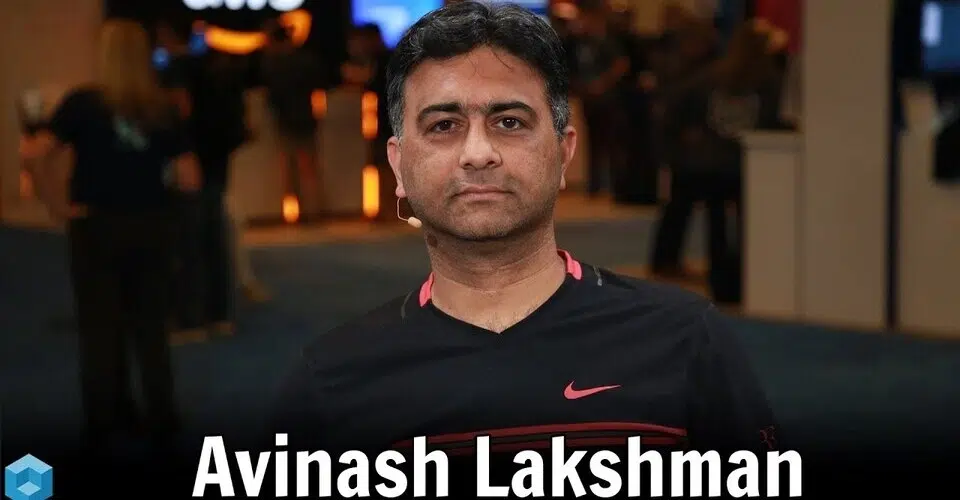
Nationality: Indian
Avinash is a legend in the NoSQL world and a key figure in DynamoDB’s origin story. At Amazon, Avinash co-invented the technology behind Dynamo – he was one of the top engineers who designed and built the original Dynamo key-value store in the mid-2000s. After Amazon, he moved to Facebook and led the creation of Apache Cassandra, an open-source distributed database inspired directly by the Dynamo paper’s concepts.
Cassandra’s wide adoption (from Apple to Netflix) and DynamoDB’s later launch cemented Lakshman’s status as a trailblazer in eventually-consistent, partition-tolerant databases. In 2011, he founded a startup (Hedvig) to apply these ideas to software-defined storage. Avinash’s unique accomplishment is having built two landmark NoSQL systems: one closed-source (Dynamo/DynamoDB) and one open-source (Cassandra). This has had immense impact on how modern applications store data.
Today, Lakshman continues to innovate in the data infrastructure space, and his contributions remain foundational to DynamoDB and its NoSQL cousins.
- LinkedIn: Avinash Lakshman
- X (Twitter): @HedvigEng
Ben Kehoe
Nationality: American
Ben is a respected serverless technologist and one of the early AWS Serverless Heroes. Formerly a Cloud Robotics Research Scientist at iRobot, Ben implemented large-scale serverless systems in production, often using DynamoDB to handle high-scale IoT data from robots. He is now a Distinguished Engineer at Siemens, continuing to build and advocate for cloud-native solutions.
Ben is known in the community for his thought leadership on infrastructure-as-code, organizational cloud adoption, and managed services. On social media and his talks, he frequently discusses DynamoDB design trade-offs and best practices in the context of broader serverless architectures. Kehoe has also contributed tooling (like an AWS SSO config tool) and is active in open source. He’s vocal about cloud cost optimization and against re-inventing the wheel when services like DynamoDB exist.
With a knack for clear communication, Ben Kehoe bridges the gap between hands-on engineering and executive strategy, helping teams get the most out of AWS without over-engineering.
- LinkedIn: Ben Kehoe
- X (Twitter): @ben11kehoe
Matt Coulter
Nationality: Northern Irish (UK)
Matt is an AWS DevTools Hero who has been instrumental in promoting serverless and well-architected practices in enterprise environments. Based in Belfast, Matt works at Liberty Mutual, where he championed a “serverless-first” approach for a large engineering organization, enabling hundreds of developers to use patterns that include DynamoDB for scalable backends.
He created CDK Patterns, an open-source collection of infrastructure code examples for AWS Cloud Development Kit, many of which showcase DynamoDB integrations for real-world use cases. Through CDK Patterns, Matt has helped countless engineers learn how to deploy robust serverless applications with services like DynamoDB, Lambda, and API Gateway. He also co-founded CDK Day, a community conference for CDK users. By focusing on a “frictionless developer experience” with proper guardrails, Matt ensured that teams can innovate quickly on AWS while using best practices.
His work earned Liberty Mutual recognition as an AWS innovation leader, and Matt himself has become a global authority on infrastructure-as-code and serverless architecture. In summary, Matt Coulter’s blend of practical enterprise experience, open-source contributions, and community leadership has made a major positive impact on DynamoDB-backed serverless adoption.
- LinkedIn: Matt Coulter
- X (Twitter): @NIDeveloper
- Website/Blog: matt-coulter.com
Peter Vosshall
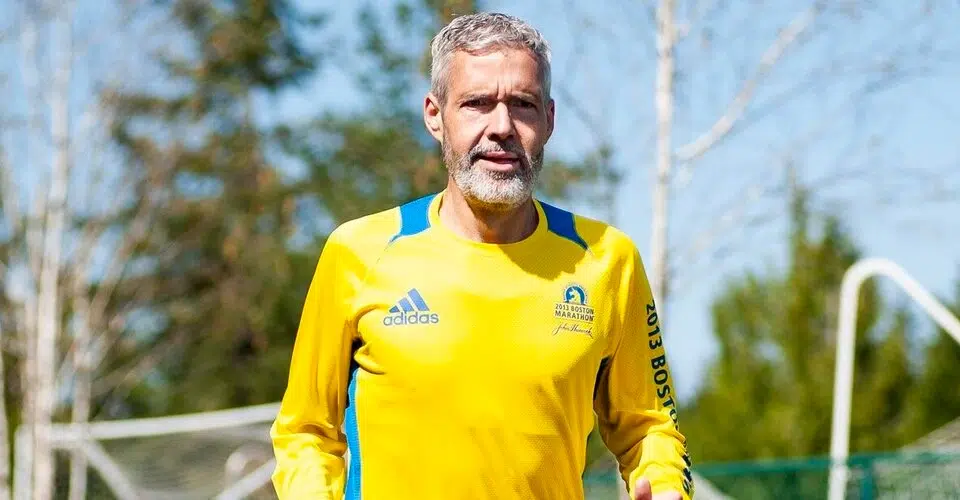
Nationality: American
Peter is another unsung hero behind DynamoDB, having co-authored the Dynamo paper and guided its early development at Amazon. As an early Amazon engineering leader (and former CTO’s right-hand), Vosshall presented the Dynamo prototype at the 2007 ACM SOSP conference – giving the academic and tech world a first look at Amazon’s NoSQL breakthroughs.
In the paper, his name appears alongside Vogels and others, underscoring his involvement. Peter was instrumental in evangelizing Dynamo’s design internally, leading to its adoption in critical Amazon services pre-2012. He has since served as Vice President overseeing foundational AWS teams. While not a public figure on social media, Vosshall has been a mentor to many AWS engineers and a guardian of Amazon’s “work backwards” innovation culture.
Today, DynamoDB’s continued evolution (like streams and transactions) still benefits from the rigorous engineering standards that veterans like Peter Vosshall instilled. He exemplifies the deep engineering talent behind AWS’s most scalable services.
- LinkedIn: Peter Vosshall
- X (Twitter): @PeterVosshall
Uriel Bitton
Nationality: Canadian
Uriel is an AWS Cloud Engineer and renowned DynamoDB specialist based in Montreal, celebrated for designing and optimizing scalable, cost-efficient DynamoDB data architectures.
He authors insightful content (such as his article Understanding DynamoDB’s Limitations To Design Better…) that helps developers grasp DynamoDB’s architectural constraints and data‑modeling best practices. His recent pieces cover core topics including single‑table design, access‑pattern‑driven modeling, denormalization strategies, and trade‑offs for performance and scalability. Through newsletters, blogs, technical writing, and consultations, Uriel empowers professionals to build resilient, high‑performing DynamoDB databases grounded in real‑world use cases.
- LinkedIn: Uriel Bitton
Justin Sheehy
Nationality: American
Justin is known for creating Riak, one of the earliest open-source databases modeled after Amazon’s Dynamo. Inspired directly by the Dynamo 2007 paper, Justin and his co-founders at Basho Technologies built Riak to implement Dynamo’s key principles for the broader community. He gave one of the first public talks on Riak in 2009, helping to kick off the “NoSQL” movement outside of Amazon.
Riak closely mirrored Dynamo’s design – featuring a masterless ring architecture, consistent hashing for data distribution, vector clock-based conflict resolution, and more. In doing so, Sheehy and team validated Dynamo’s concepts in practice and provided an option for companies that couldn’t use AWS. Justin chose Erlang as Riak’s implementation language, showing his pragmatic engineering approach.
Under his technical leadership as CTO, Riak was adopted in environments requiring high availability. Sheehy later joined Akamai as Chief Architect for Infrastructure, applying distributed systems expertise at massive scale. Through Riak, Justin Sheehy made Dynamo’s innovations accessible to all – his work has had a lasting influence on NoSQL databases, including features that DynamoDB continued to refine in AWS.
- LinkedIn: Justin Sheehy
- X (Twitter): @justinsheehy
Wrap Up
These legends represent exceptional talent, making them extremely challenging to headhunt. However, there are thousands of other highly skilled IT professionals available to hire with our help. Contact us, and we will be happy to discuss your hiring needs.
Note: We’ve dedicated significant time and effort to creating and verifying this curated list of top talent. However, if you believe a correction or addition is needed, feel free to reach out. We’ll gladly review and update the page.
Frequently Asked Questions
Dynamo is growing in adoption, especially among companies building large-scale, serverless, and high-performance applications. Its managed NoSQL design makes it a common choice on AWS.
Rates typically range from $60 to $120 per hour depending on experience, project complexity, and region. Senior specialists or architects may charge more.
A strong Dynamo DB expert should understand data modeling for NoSQL, partition key design, performance tuning, and cost optimization. Familiarity with AWS services like Lambda, API Gateway, and Kinesis is often important.
You can find qualified specialists through AWS Partner Network providers, freelance platforms, or staffing agencies focused on cloud talent. Checking AWS certifications can also help verify expertise.
Well-known companies using DynamoDB include Airbnb, Lyft, Amazon, Dropbox, and Samsung, along with many startups building on AWS infrastructure.
